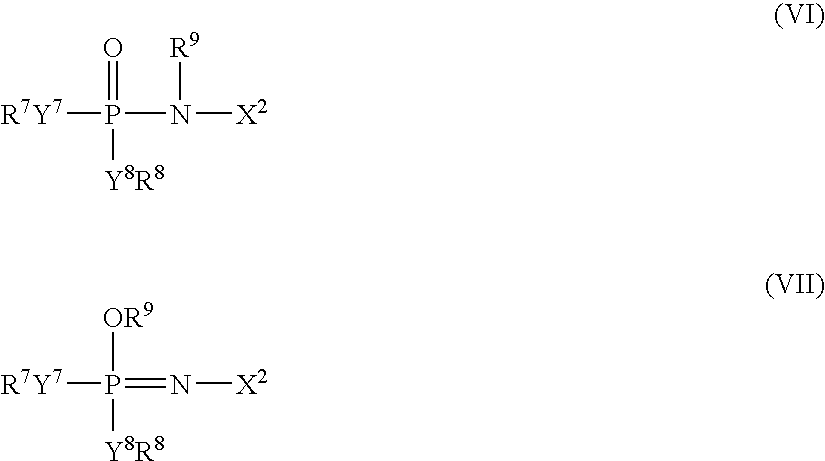Positive electrode for non-aqueous electrolyte battery and method of producing the same and non-aqueous electrolyte battery
a technology of electrolyte battery and positive electrode, which is applied in the direction of non-aqueous electrolyte cells, cell components, secondary cells servicing/maintenance, etc., can solve the problems of short service life, increased power consumption, and high risk, and achieve short service life, increase power consumption, and high energy density
- Summary
- Abstract
- Description
- Claims
- Application Information
AI Technical Summary
Benefits of technology
Problems solved by technology
Method used
Image
Examples
example 1
CONVENTIONAL EXAMPLE 1
[0173]A lithium primary battery is prepared by mixing and kneading manganese dioxide (EMD, made by Mitsui Mining Co., Ltd.) with acetylene black and polytetrafluoroethylene (PTFE) at a ratio of 8:1:1 (by mass) in the same manner as in Example 1 except that calcium oxide in not dispersed between the particles of manganese dioxide, and then the discharge capacity is measured in the same manner as mentioned above. As a result, the discharge capacity at room temperature just after the preparation is 250 mAh / g, and the discharge capacity at room temperature after the storing at 120° C. for 60 hours is 151 mAh / g.
examples 4-5
[0176]A powder for positive electrode is prepared in the same manner as in Example 1 except that magnesium oxide or barium oxide is dispersed between the particles of manganese dioxide instead of calcium oxide (mass of each alkaline earth metal oxide per mass of manganese dioxide is 2.3%), and then a lithium primary battery is prepared. With respect to the thus obtained lithium primary batteries, the discharge capacity is measured in the same manner as in Example 1. The results are shown in Table 2.
[0177]
TABLE 2Example 1Example 4Example 5Kind of alkaline earth metal oxideCaOMgOBaODischarge capacity just after275272271preparation (mAh / g)Discharge capacity after the storing200195199at high temperature (mAh / g)*1*1: storing at 120° C. for 60 hours
example 6
[0178]A lithium primary battery is prepared in the same manner as in Example 1 except that the electrolyte is prepared by dissolving LiBF4 (lithium salt) at a concentration of 0.75 mol / L (M) in a mixed solution of 10 volume % of a phosphazene derivative A (a cyclic phosphazene derivative compound of the formula (IV) in which n is 3 and two of six R5s are ethoxy group and remaining four thereof are fluorine, viscosity at 25° C.: 1.2 mPa·s (1.2 cP)) and 90 volume % of γ-butyrolactone (GBL), and then the discharge capacity is measured in the same manner as mentioned above. As a result, the discharge capacity just after the preparation is 280 mAh / g, and the discharge capacity after the storing at 120° C. for 60 hours is 220 mAh / g. Also, the limit oxygen index of the electrolyte is 24.2 volume % as measured in the same manner as in Example 1.
PUM
| Property | Measurement | Unit |
|---|---|---|
| temperature | aaaaa | aaaaa |
| temperature | aaaaa | aaaaa |
| temperature | aaaaa | aaaaa |
Abstract
Description
Claims
Application Information
 Login to View More
Login to View More - R&D
- Intellectual Property
- Life Sciences
- Materials
- Tech Scout
- Unparalleled Data Quality
- Higher Quality Content
- 60% Fewer Hallucinations
Browse by: Latest US Patents, China's latest patents, Technical Efficacy Thesaurus, Application Domain, Technology Topic, Popular Technical Reports.
© 2025 PatSnap. All rights reserved.Legal|Privacy policy|Modern Slavery Act Transparency Statement|Sitemap|About US| Contact US: help@patsnap.com



